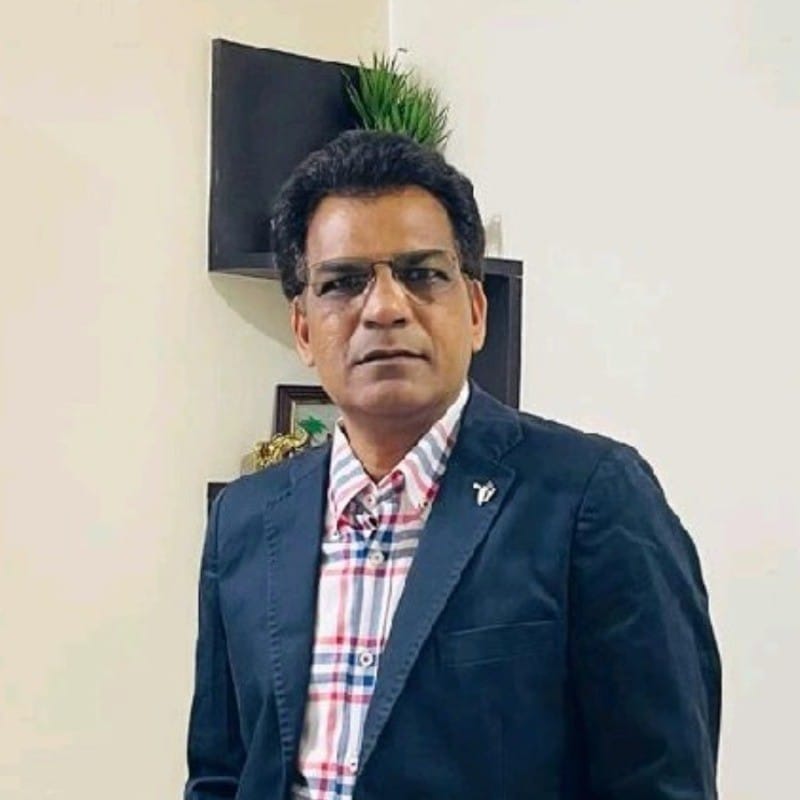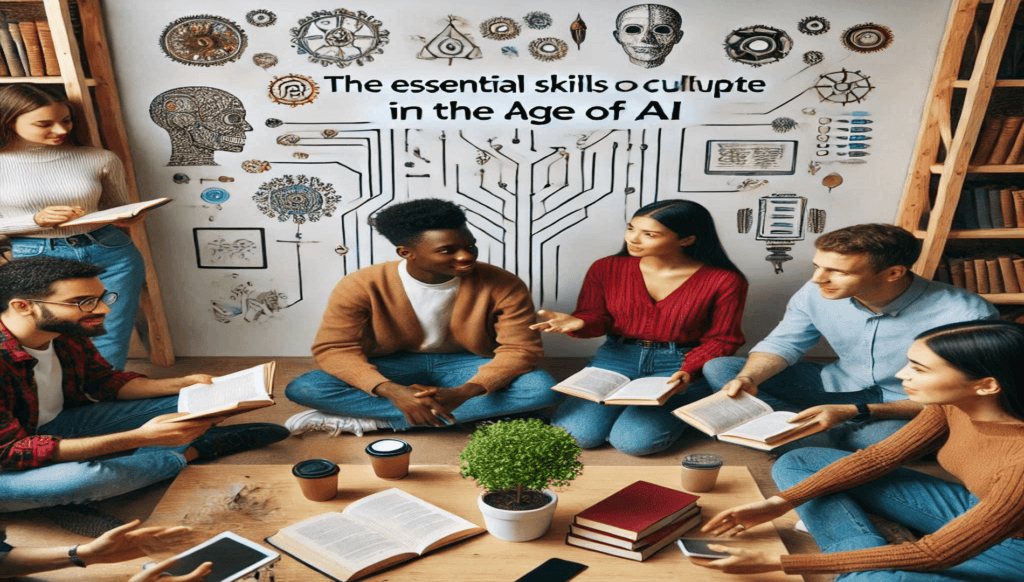
The debate is HR an art or a science has persisted for decades, sparking interest and introspection within the field. This question is not merely academic; it captures the essence of what makes HR effective in achieving organizational success. By examining perspectives such as Naotake Momiyama’s insights on HR schemes and Dave Ulrich’s discussions on making knowledge productive, we can explore this fascinating topic in-depth.
The Dual Nature of HR: Science and Art
HR’s effectiveness lies in its dual nature. Naotake Momiyama, in his article HR Schemes: Balancing Science and Art, describes science as a domain of reproducibility—a space where consistent results can be achieved regardless of who applies the methodology. Art, on the other hand, embodies low reproducibility, where outcomes significantly depend on individual creativity and intuition. This perspective underscores HR’s ability to operate as a paradoxical field, blending systematic rigour with the flexibility of intuition and creativity.
Science in HR: Creating Structure and Reproducibility
Momiyama explains that HR professionals often create “science” where universal truths may not exist. This involves establishing frameworks and methodologies that standardize processes. Consider performance management schemes—these frameworks provide clarity and consistency by defining expectations, facilitating continuous dialogue, and measuring outcomes. For example, training employees on performance metrics ensures reproducibility, which enhances organizational capability.
In talent acquisition, scientific rigour is demonstrated through structured job descriptions, interview criteria, and data-driven assessments. As Dave Ulrich highlights in his article Making Knowledge Productive, this approach reflects the principles of research rigour and data validation, emphasizing the importance of creating frameworks that ensure reliable and replicable outcomes.
Art in HR: The Power of Intuition and Flexibility
Artistic elements come into play when HR must address unique and unpredictable situations. Momiyama’s example of compensation schemes illustrates this well. While structured frameworks guide salary increases, certain exceptional achievements require nuanced judgment beyond predefined metrics. This is where the “art” of HR allows flexibility to optimize outcomes for both individuals and the organization.
In recruitment, an interviewer’s intuition might identify a promising candidate who doesn’t fully align with formal criteria. This ability to interpret nuances and recognize potential highlights the artistic side of HR. Dave Ulrich, in his discussion on observational insights, underscores the value of such intuition, emphasizing the importance of observing phenomena to adapt strategies effectively.
Navigating the Paradox: Science and Art in HR
Dave Ulrich suggests that HR’s ability to navigate paradoxes—such as balancing science and art—is essential for progress. This integration involves:
- Combining Research Rigor with Observational Insights Ulrich’s framework for making knowledge productive emphasizes the need for both theoretical rigor and practical observation. By grounding decisions in data, while remaining open to intuition, HR can bridge the gap between structured processes and the fluidity of human behaviour.
- Standardizing While Personalizing Standardization ensures fairness and consistency, while personalization addresses unique circumstances. For example, employee engagement programs may follow a structured approach but allow customization to meet individual needs.
- Simplifying Complexity As Ulrich discusses in Nine Criteria to Evaluate the Impact of Human Capability Research, turning complex ideas into actionable insights is critical. This involves filtering data to focus on practices with the most significant impact, ensuring simplicity without oversimplification.
Is HR an Art or a Science: Practical Applications of Science and Art in HR
The interplay between science and art is evident in practical HR applications. Let’s delve deeper into key areas where this duality manifests:
- Performance Management Performance management systems represent a quintessential example of HR science. These systems rely on metrics, structured feedback cycles, and training programs to ensure consistency. However, the artistic aspect emerges in how managers tailor conversations and recognize the unique motivations of each employee.
- Talent Development Science-driven frameworks for skills assessment and training plans lay the groundwork for talent development. Yet, identifying potential and fostering creativity often requires a personalized approach. HR leaders must inspire individuals by understanding their aspirations and aligning them with organizational goals.
- Employee Engagement Data-driven tools, such as surveys and analytics, help measure engagement levels across the organization. The artistic element lies in interpreting this data to craft meaningful initiatives that resonate with employees’ values and experiences.
- Diversity and Inclusion (D&I) While diversity metrics and standardized practices ensure compliance and fairness, inclusion demands creativity and empathy. Effective D&I initiatives often stem from understanding diverse perspectives and fostering an inclusive culture that cannot be quantified.
- Crisis Management In times of crisis, HR’s scientific capabilities—such as structured communication protocols—are invaluable. However, empathetic leadership and the ability to adapt to unprecedented situations highlight the artistic side of HR.
Is HR an Art or a Science: The Benefits of Embracing Both Dimensions
Enhanced Organizational Capability
The integration of science and art strengthens organizational resilience. Standardized processes raise the baseline of capability, while artistic flexibility enables adaptive responses to change. This duality is particularly vital in today’s dynamic business environment.
Improved Decision-Making
Scientific methodologies provide a foundation of evidence-based insights, while artistic intuition ensures decisions are contextually relevant. This balance fosters well-rounded strategies that are both robust and adaptable.
Driving Innovation
Artistic approaches encourage creativity and innovation, essential for addressing novel challenges. When combined with scientific analysis, these solutions are both imaginative and viable.
Is HR an Art or a Science: Challenges in Balancing Science and Art
While the integration of science and art in HR offers numerous benefits, it is not without challenges:
- Overemphasis on Science Rigid adherence to scientific frameworks can stifle creativity and overlook individual nuances. This approach risks alienating employees and reducing engagement.
- Overreliance on Art On the flip side, excessive reliance on intuition without empirical evidence can lead to inconsistent outcomes and decision-making biases.
- Skill Development HR professionals must develop competencies in both scientific analysis and artistic intuition, which can be a demanding requirement.
- Change Resistance Organizations accustomed to one-dimensional approaches may resist the shift towards a balanced integration of science and art.
Strategies for HR Professionals
To effectively blend science and art, HR professionals can adopt the following strategies:
- Cultivate Analytical and Creative Skills Investing in training programs that enhance both data analysis and creative problem-solving capabilities is crucial.
- Foster a Culture of Experimentation Encouraging innovation and calculated risk-taking can help balance structured processes with creative solutions.
- Leverage Technology Advanced tools, such as AI and predictive analytics, can augment scientific rigour while freeing up time for artistic endeavours.
- Engage in Continuous Learning Staying updated on industry trends and best practices ensures HR remains agile and innovative.
Here’s What I Think: HR’s Unique Identity
So, is HR an art or a science? The answer lies in its ability to be both. By integrating scientific rigour with artistic intuition, HR professionals can navigate the complexities of human behaviour and organizational dynamics. This dual approach not only enhances HR’s impact but also ensures its relevance in an ever-evolving world.
For HR professionals, the challenge is to embrace this paradox, continually refining their ability to apply structured methodologies while harnessing the power of creativity and intuition. As Ulrich aptly notes, this journey requires curiosity, observation, and a commitment to making knowledge productive. What’s your take on this debate? Share your thoughts in the comments below, and let’s continue exploring the fascinating world of HR.
Sources of Insights
- Momiyama, N. HR Schemes: Balancing Science and Art. LinkedIn.
- Ulrich, D. Making Knowledge Productive: A Human Capability Agenda. LinkedIn.
- Ulrich, D. Nine Criteria to Evaluate the Impact of Human Capability Research. LinkedIn.
- Ulrich, D. How “Observation” Keeps Human Capability Research Relevant. LinkedIn.

Ajay Dhage is a seasoned Talent Acquisition leader with over 20 years of experience in recruitment and workforce strategy. Currently serving as the Talent Acquisition Lead for a global Oil & Gas EPC Company in India, ajay oversees the entire talent acquisition lifecycle across diverse and complex projects, from sourcing to onboarding and aligning top talent with complex organizational goals. With a proven track record in industries such as oil and gas, EPC, and renewables, he brings a customer-focused approach and innovative mindset to every project.
Through ajayable.com, ajay aims to share insights, trends, and strategies to empower HR professionals, Organizations and recruiters to excel in a competitive talent landscape.
